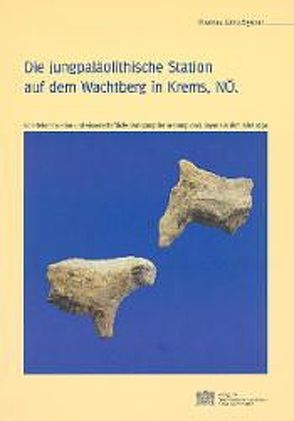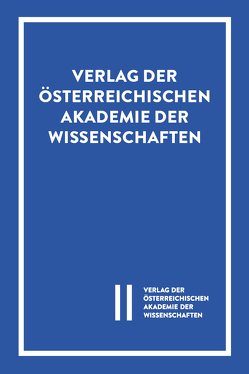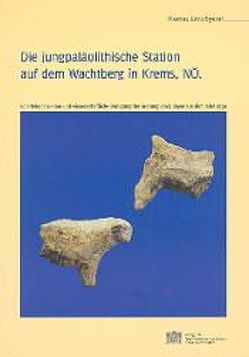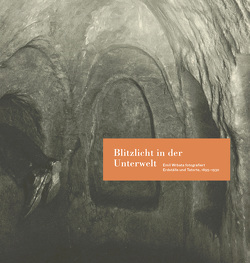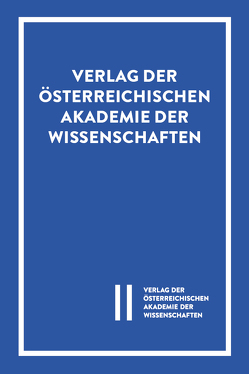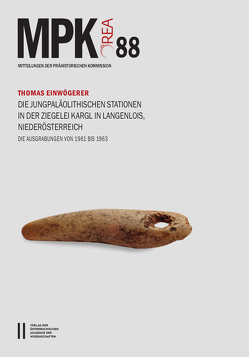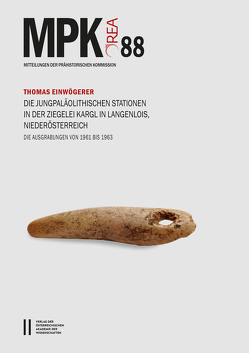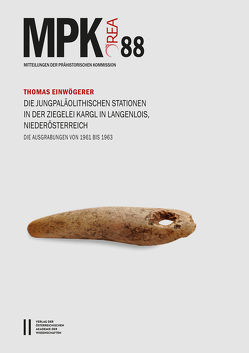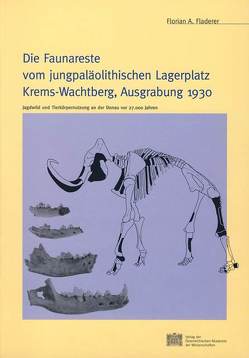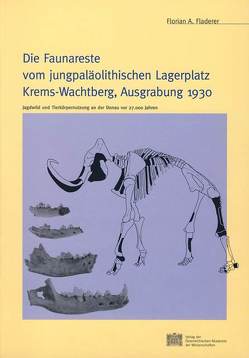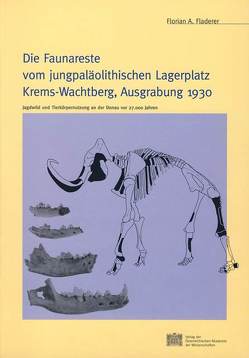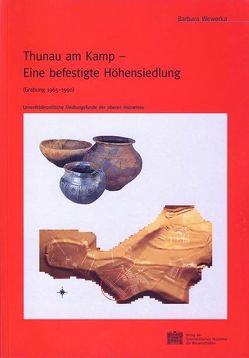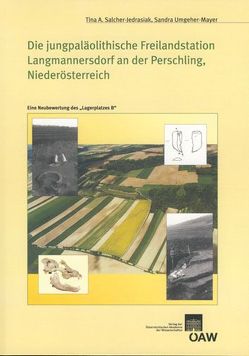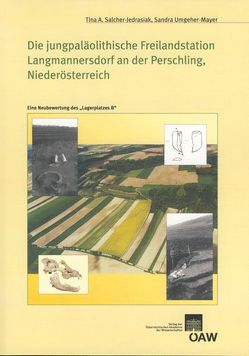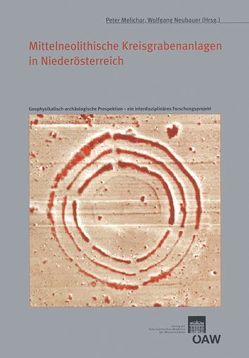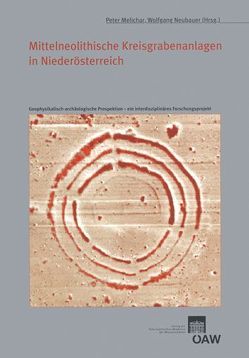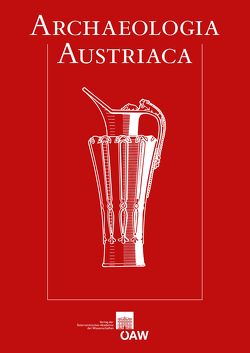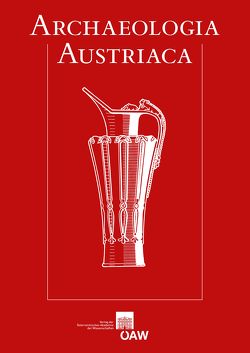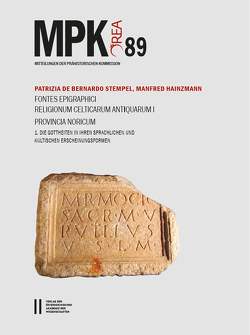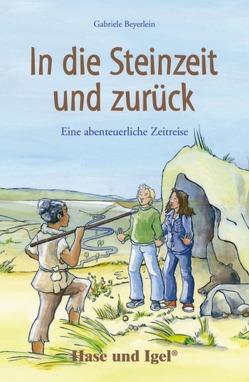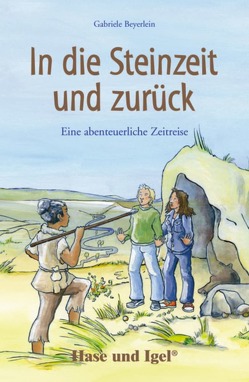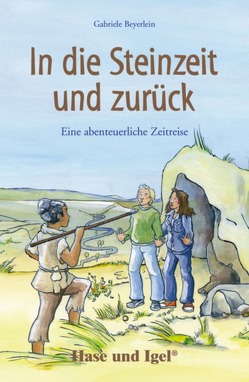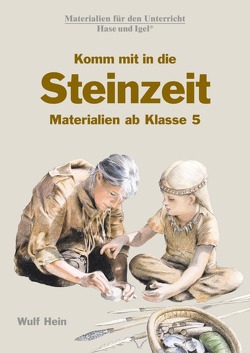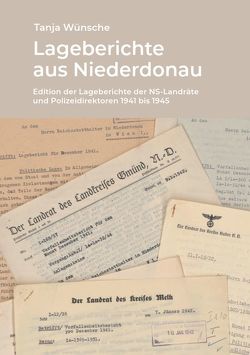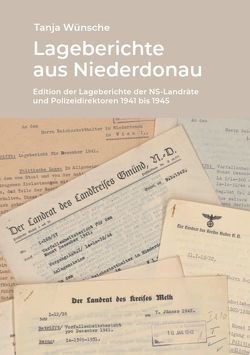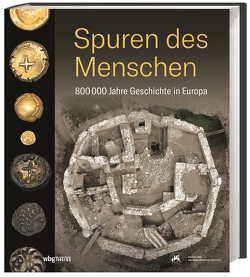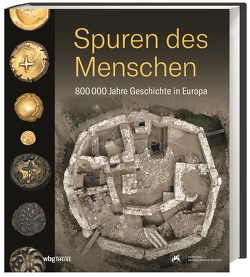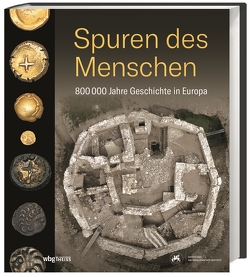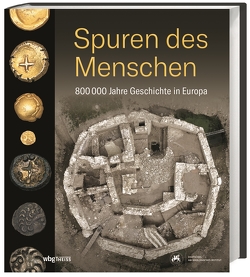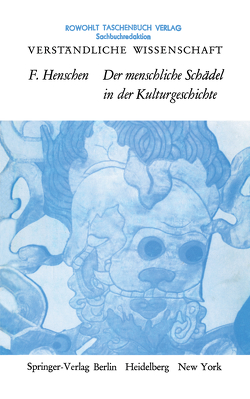Die jungpaläolithische Station auf dem Wachtberg in Krems, Niederösterreich
Eine Rekonstruktion und wissenschaftliche Darlegung der Grabung von J. Bayer aus dem Jahre 1930
Otto Cichocki, Thomas Einwögerer, Florian A Fladerer, Herwig Friesinger, Michaela Lochner
A mammoth’s tusk, discovered during roadworks at the Wachtberg in Krems in 1930, led J. Bayer (Section of Prehistory at the Museum of Natural History, Vienna) to a one-week excavation campaign, documented in his diary and on several photo plates made by L. Adametz. The finds have remained forgotten in the depots of what is now called the WEINSTADTmuseum in Krems until its re-organisation in 1993 which brought about their scientific review at last.
The analysis of the diary and the 22 photo-plates revealed impressive settlement-structures, quite similar to the well-known South Moravian sites such as Dolní Vestonice or Pavlov.
Other such parallels were documented through statistical examination of impact scars from the more than 2000 stone tools as well as the evidence of animal figurines made of clay, which are the oldest baked ceramics of Austria. Worth mentioning is also the jewellery, which was made up of the fossil remains of marine animals. Considering the examined finds, one older date and two recently taken C14 dates, the Gravettian site would fit into the period of around 27.000 ago, and can therefore be compared with the Pavlovian sites of the Pollauer mountains. It represents also one of the most important reviewed sites in Austria.
